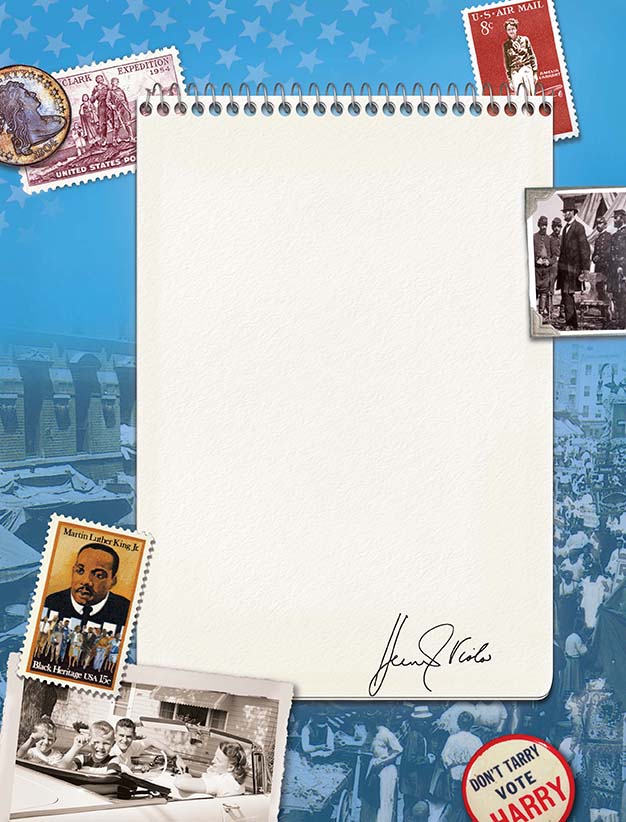Reflections: The Progressive Era
The three decades between 1890 and the end of World War I marked a period of dramatic change in the United States. Prior to this time, American leaders had looked inward. Their challenge had been nation building-controlling and filling in the vast landscape between the east and west coasts. By 1890, some people viewed that task as largely completed. Indeed, in the view of historian Frederick Jackson Turner, the year 1890 marked a major milestone: The westward movement had come to an end. There was no longer an unsettled frontier within the borders of the United States.
Almost immediately, the United States shifted its gaze outward, across the Pacific and Atlantic oceans. Avoiding foreign entanglements was no longer the driving force behind American foreign policy. Instead, the nation followed the lead of European nations who, in an era of rampant imperialism, sought to establish colonies and economic footholds in other continents. The result of this search for markets and resources was a series of nationalistic uprisings and military conflicts that culminated in World War I.
A bright spot in all this international turmoil was the social and domestic reform that blossomed in the United States. Despite the distraction of international adventures, the United States began aggressively addressing social injustices at home. Reform was the hallmark of the Progressive Era. Women finally got the right to vote, beginning the process that has enabled them to gain positions in industry and government. Workers could look forward to a fair wage and a reduced workweek. Children could go to school instead of the factory. Unscrupulous business practices were brought under control.
The United States was striving to fulfill the democratic ideals of the nation’s founders. Certainly, much still remained to be accomplished, especially toward achieving racial equality, but the Progressives had started a movement that would gather momentum.





